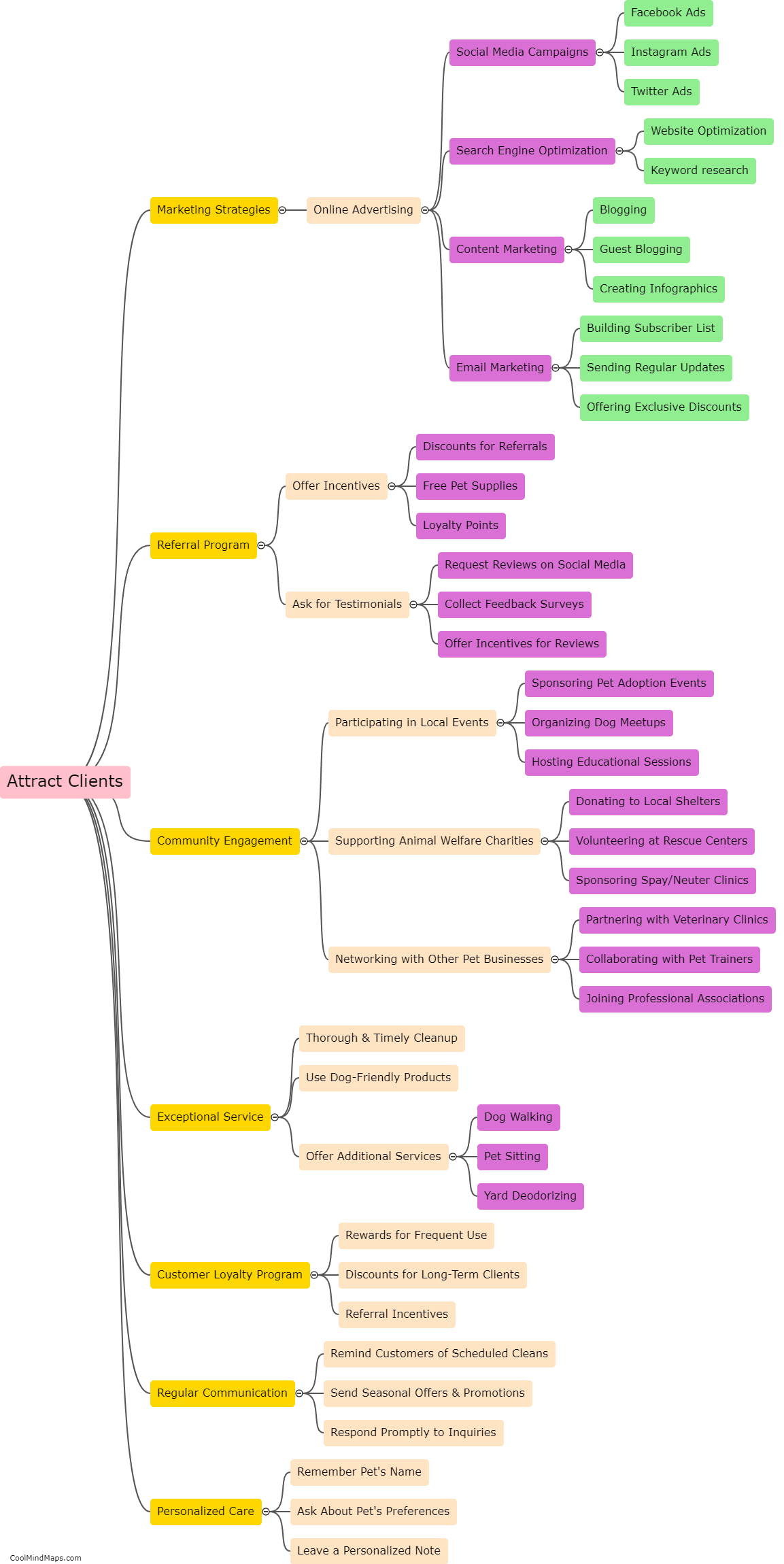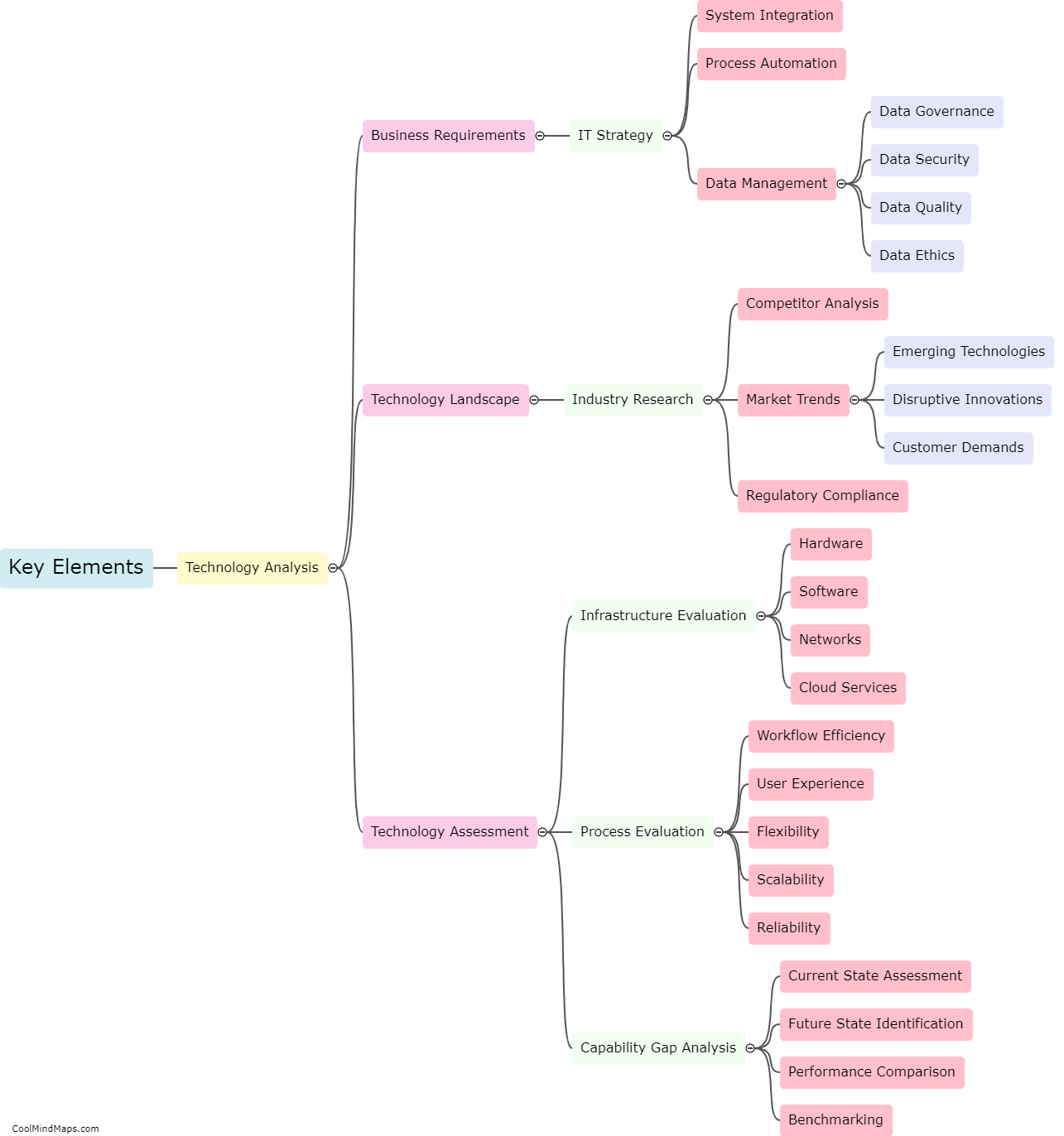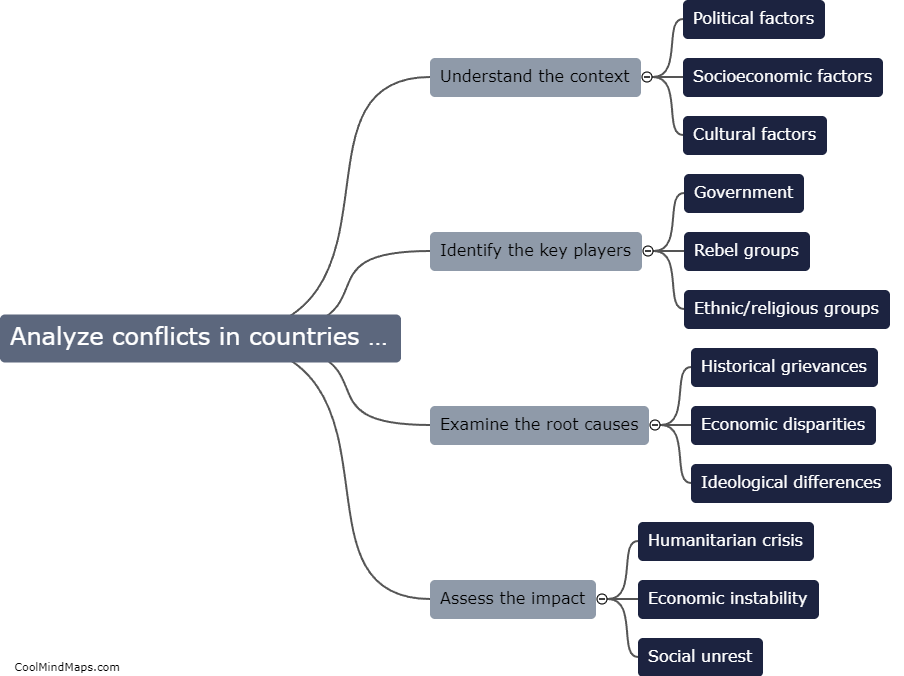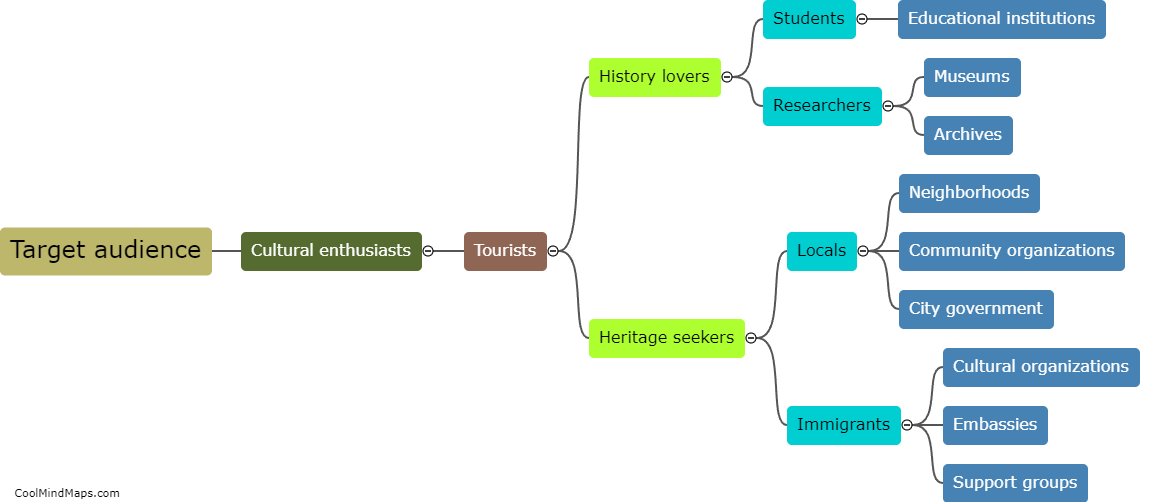What are the approaches to analyzing conflicts in nations?
There are several approaches to analyzing conflicts in nations, each with its own unique perspective and methodology. One approach is the structural approach, which focuses on analyzing the underlying social, economic, and political structures that contribute to conflicts within a nation. This approach seeks to understand how these structural factors shape power dynamics and drive conflict. Another approach is the psychological approach, which examines the individual and group psychology that influences conflict behavior. This approach explores factors such as perception, attitudes, and motivations that may contribute to conflicts within nations. Additionally, the cultural approach looks at the role of cultural beliefs, norms, and values in shaping conflicts. It examines how cultural differences and identity issues can contribute to tensions and disputes. Finally, the systemic approach looks at conflicts within nations in the context of the broader international system, taking into account factors such as global power dynamics, geopolitical interests, and regional rivalries. These approaches, while distinct, can often complement each other to provide a more comprehensive understanding of conflicts in nations.

This mind map was published on 17 October 2023 and has been viewed 125 times.











